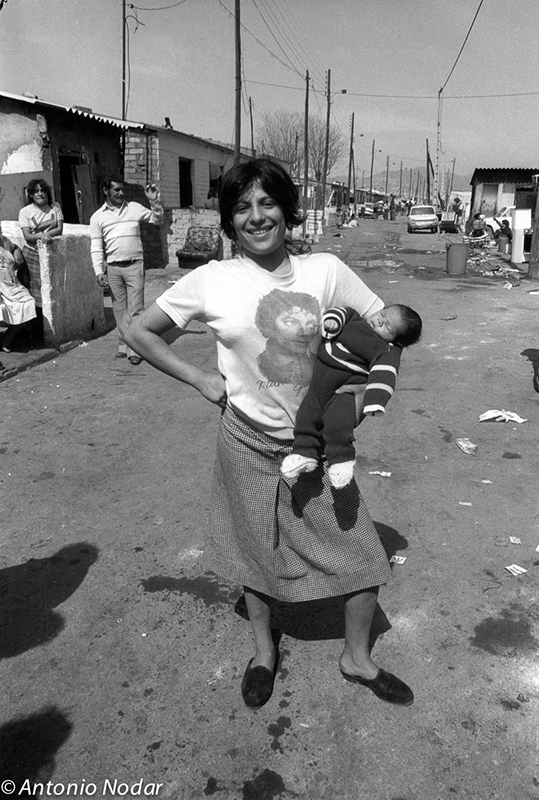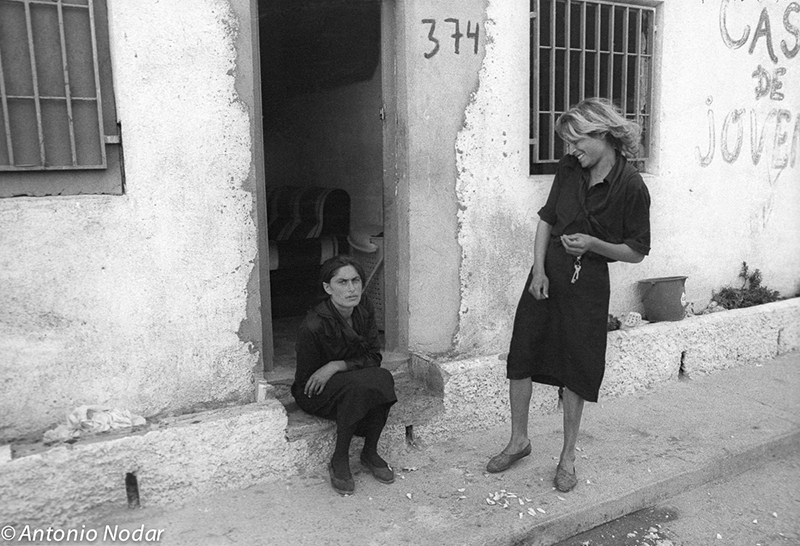Lives on the Edge of Barcelona
Stories and Faces from the City’s Last Shanty Town
La Perona was one of Barcelona’s last major shanty towns, thriving on the margins of the city from 1947 until its demolition ahead of the 1992 Olympic Games. Located in the Sant Martí district, La Perona grew out of post-war poverty and waves of migration, becoming home to a diverse and tightly knit community forced to adapt to precarious living. This collection is the result of a unique collaboration: Antonio Nodar’s photographs document the authentic faces and daily stories of Perona’s residents, while text generated by Perplexity AI builds a narrative that honours their environment, history, and resilience. Together, this reportage preserves the memory of a neighbourhood—and its people—often unseen yet central to the city’s social fabric.
Youth on the Edge of La Perona
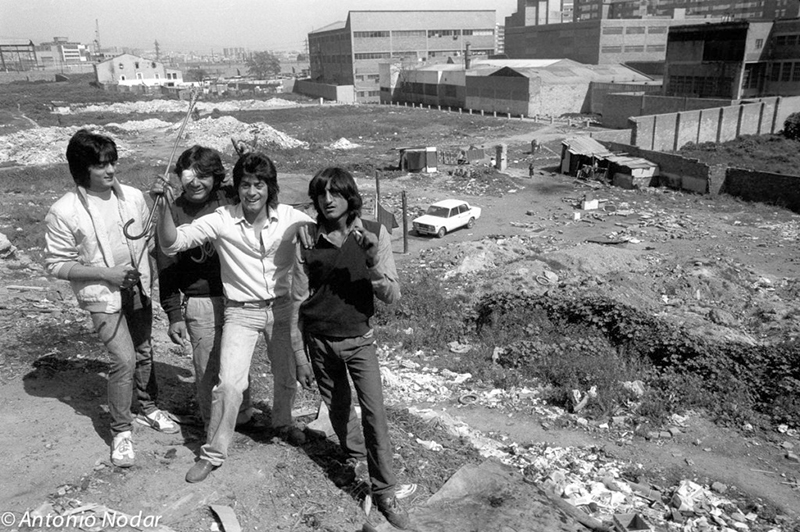
Beneath the shadow of derelict factories, a group of young people climb the hill, faces hardened yet hopeful. Shouts break the silence as laughter and rebellion merge with the detritus below; this terrain is both playground and battleground. Their gestures—one wielding a stick, another with an arm around a friend—suggest camaraderie built from shared adversity. Here, youthful defiance carries the promise of change, even while the city around them turns its back.
Family and Childhood in Perona
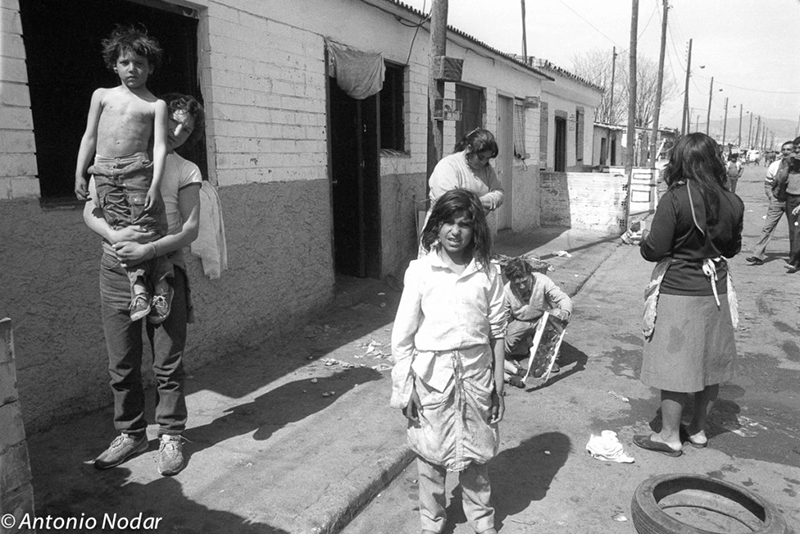
Children gather outside a line of homes, one lifted onto familiar shoulders, others caught in the cross-currents of adult work and play. The houses are modest, but imagination roams free: every patch of sunlight, every old tire or brick has a purpose. The deep bonds of family and community are visible in gestures—offering comfort, guiding small hands, braiding hair—proving that dignity thrives even where comfort is scarce.
Resting by the Fiat in Perona
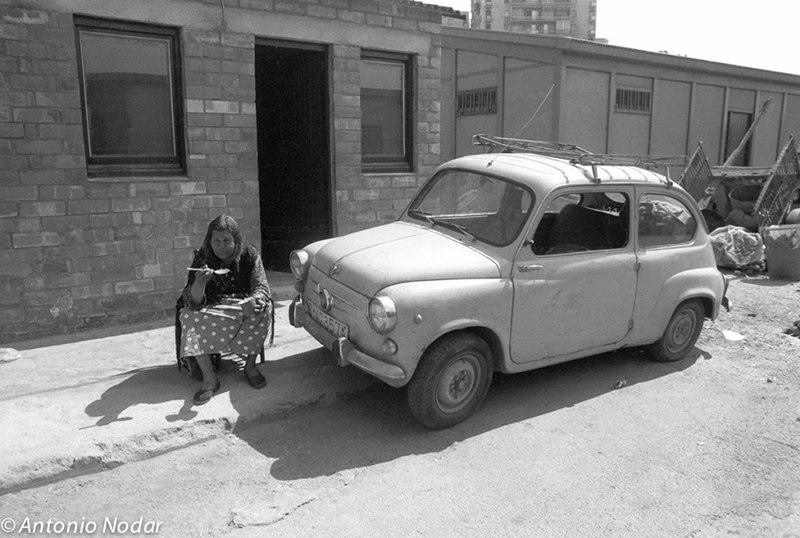
An older woman sits by her Fiat 600, her posture and gaze etched with patience and resolve. The car, her second home, seems both a badge of autonomy and a shield against uncertainty. Behind her are walls stained with memory and struggle. She is surrounded not by luxury, but by the resilience of daily rituals—resting, waiting, watching the city change and the neighbourhood fade.
Children at a Weathered Doorway
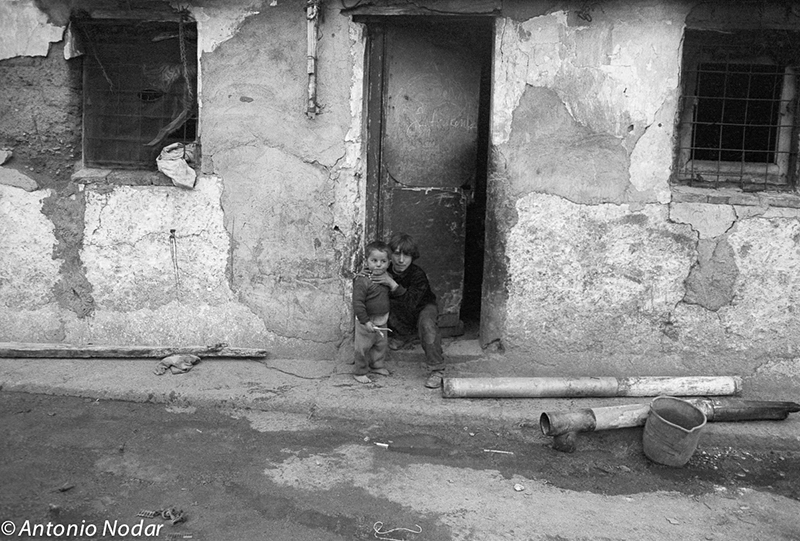
Children linger at the entrance of a crumbling home, bare feet skimming cracked concrete and pipes left from one repair too many. The wall behind them is a mosaic of neglect and survival. Their faces, lit with curiosity, are framed by vulnerability and expectation. Every day, the threshold is a border between safety and uncertainty—a place to wait, dream, and belong.
Girl with Veil among the Ruins
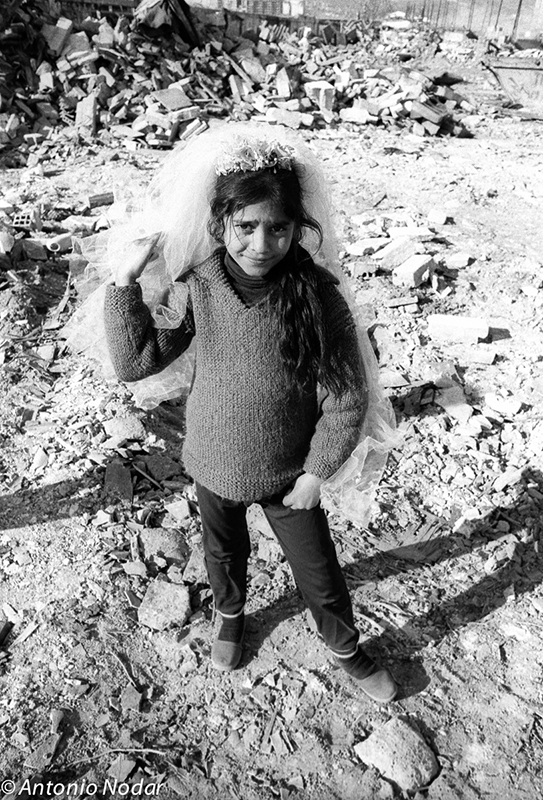
In a field of rubble and broken brick, a girl stands with a bridal veil perched upon unruly hair, hands curled in a gesture of imagined celebration. Her attire is makeshift, her landscape barren, but her gaze is fierce. Through costume and play, she rewrites the ruins into her own ceremony—childhood’s rebellion against the gravity that surrounds her.
Portrait of a Perona Elder
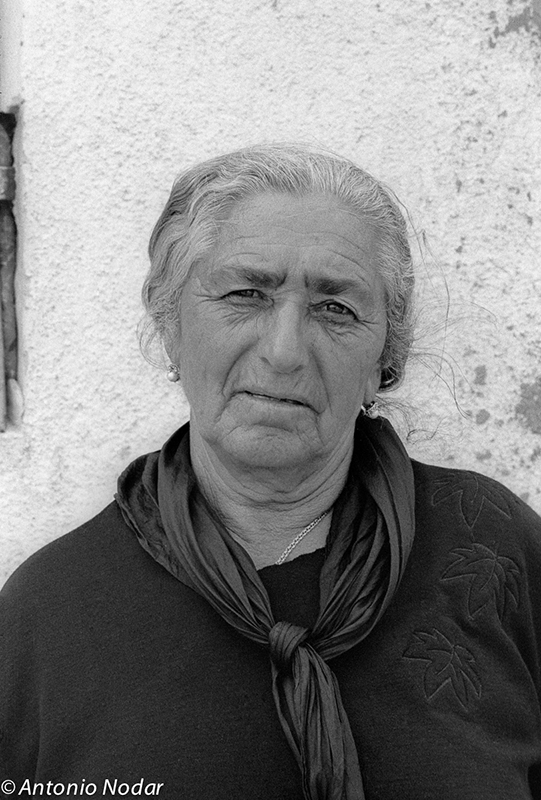
A close-up of an elderly woman, hair silvered and scarf knotted tight, stands against the rough wall. Her gaze is steady, lips set for secrets kept, forgiveness given, losses endured. She is a living archive of Perona; each wrinkle is a map through history, her necklace a link to vanished generations. The portrait reveals endurance, wisdom, and pride woven from everyday resistance.
Joyful Moment in La Perona
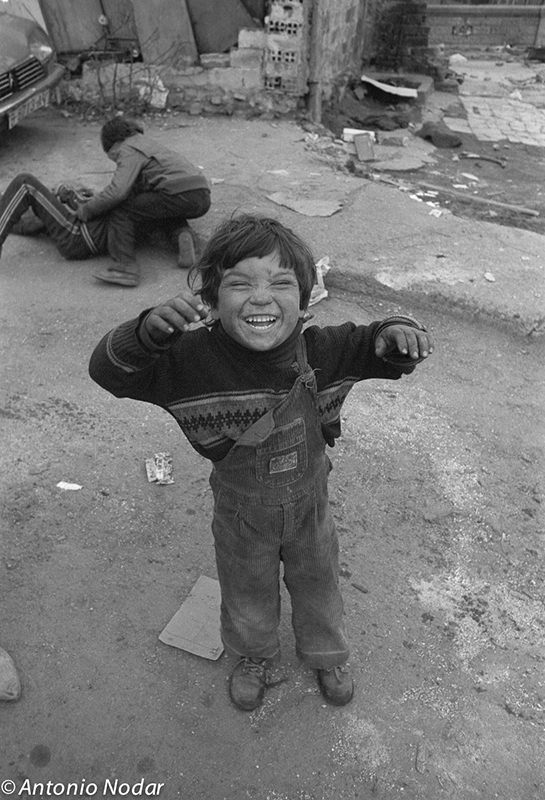
A young boy throws back his head in laughter, arms wide open to the sky despite the dust and litter at his feet. His joy is raw, his energy undiminished by the street’s scars. Behind him, another child is lost in concentration, scraping at the curb, unaware of fleeting happiness. This moment—an explosion of joy—reminds all onlookers of the irrepressible force of youth, even here.
Mother with Baby on the Street
A mother stands in the center of the street, her baby cradled against her hip, posture proud and shoulders squared to circumstance. Her gaze meets the camera as both guardian and witness, while the world passes quietly behind her. In this pose is a promise: the persistence of care, the will to endure, the hope that lies in every new life sheltered by the community.
Portrait of Agustin
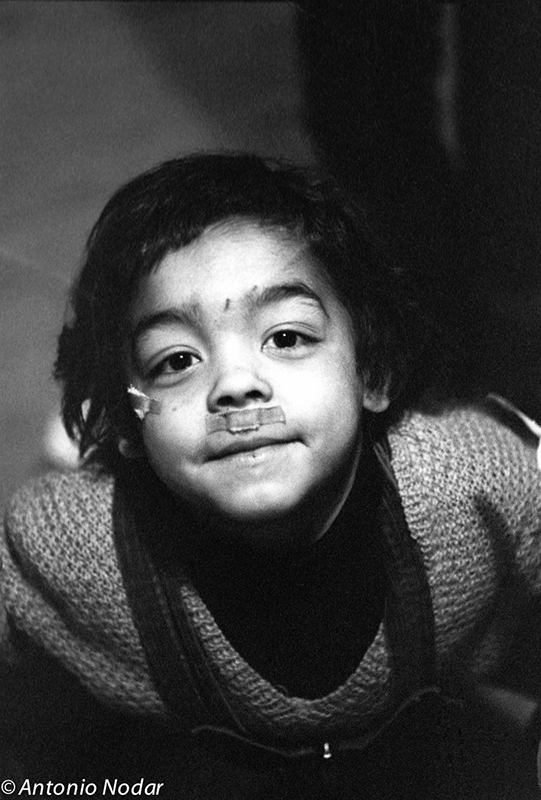
A child with small wounds and bandages meets the lens with unflinching eyes. The injuries are real, but the confrontation runs deeper: this is a portrait of survival, proof that hardship sustains not just scars but a growing strength. Here is courage in miniature, resilience pressed into young shoulders, a quiet reminder of the trials faced and overcome day after day
Women at Doorway in Perona
Two women converse at the doorway, one seated in the shadows, the other standing against sunlit plaster. There’s gossip, laughter, news exchanged, perhaps even plans to help a neighbor or tend to illness. The doorway is a portal—between the hardships inside and the fragile hope outside. Their gestures are intimate, underscored by centuries of tradition and the unwritten pact that holds communities together through struggle.
